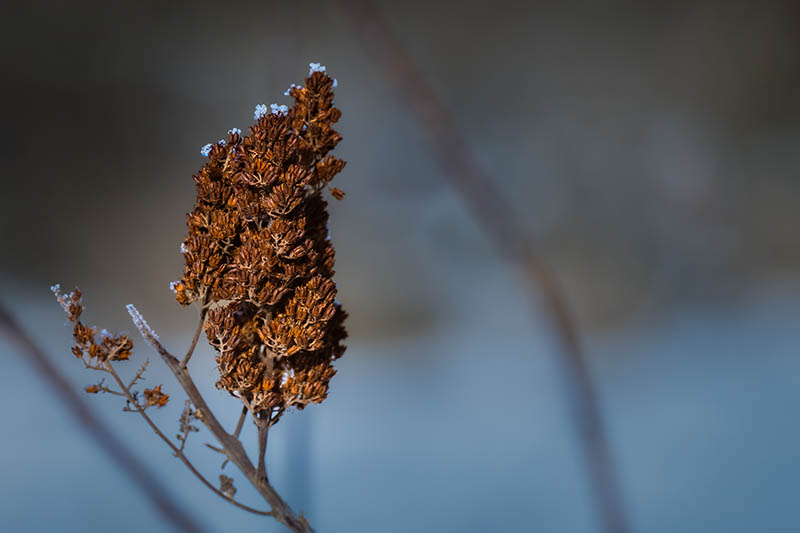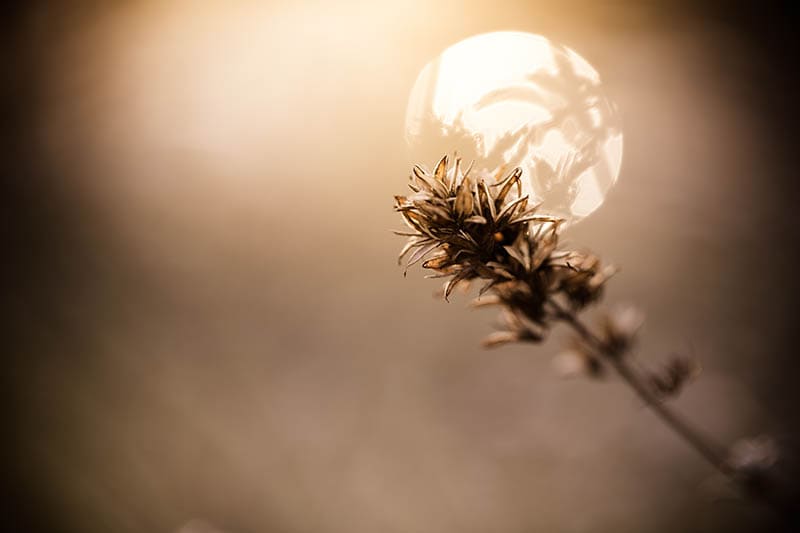Is My Butterfly Bush Dead? (4 Signs to Look For)
-
- Last updated:

Butterfly bushes are a great addition to have in your garden. They add color and life to the home and also attract pollinators to your garden, increasing the productivity of your other plants and crops.
Although they are perennial plants and can survive harsh winters and summers, they sometimes have a tough time recovering after long winter spells. Luckily, there are several things you can do to revive your butterfly bush if you notice it’s dying. Keep reading to discover the signs to watch out for and some expert tips you can use to revive the bush.

The 4 Signs That Your Butterfly Bush Is Dead
Have you noticed your butterfly bush that was once vibrant with large tall blooms of flowers turning into a sad, wilted plant? This may spell trouble for your plant. However, before you panic, it’s important to determine whether it’s dead. Some other signs to watch out for include the following:
1. Brown or Yellow Leaves

A healthy butterfly bush should have vibrant green leaves and a bright bloom of lowers. The color may change during winter when the plant is going through a period of dormancy; this is perfectly normal. The bush will return to its original green color after the winter and be more vibrant than ever. However, if the leaves don’t go back to the actual color during spring, that’s a sign that your butterfly bush is dead or dying.
2. The Bush Is Completely Dry
If the bush is completely dry, with no leaves, flowers, or new growth, that’s a sure sign that it is dead. If the stem is bone dry, the plant is no longer receiving water. The leaves may also be dry and crisp to the touch, and you might even see them falling off the plant gradually; if this is the case, it’s very unlikely that the plant can be revived.
3. Soft & Brittle Stems
If the plant’s stems are soft and brittle, that’s a clear indication that something is wrong. The stem may also have black streaks running through it. This is typically caused by several fungal diseases, such as stem rot, which can be caused by overwatering. It can also be caused by poor air circulation around the roots.
Once stem rot has spread, it’s challenging to treat. The best action would be to remove the affected area and burn it to prevent it from spreading to other bushes. You should also consult a professional to make the right diagnosis and prevent the root rot from spreading to the other bushes.
4. Mold or Mildew on the Bush
If your butterfly bush is growing mold or mildew, that’s a sign of a bigger problem. The mold mainly appears on the leaves and stems in white fuzzy patches, and in some cases, it might also be accompanied by black streaks and spots. It blocks the pores, thus suffocating the plants and preventing them from photosynthesis. This can result in the leaves turning yellow or brown and falling off.
The fungi/ mold can also spread over the soil’s surface and infect other healthy plants. The sooner you get rid of it, the better.

Why Is My Butterfly Bush Dying?

The butterfly bush tolerates various soil and climate conditions and suffers few diseases. The most common reason for its death is neglect and drought, which stress the plant and make it vulnerable to additional problems. Some other reasons that may cause your butterfly bush to die are:
Pests or Diseases
Although the butterfly plant bush is not prone to attack from diseases, exposure to toxic herbicides and over-watering can make it vulnerable to attack. Some microscopic parasites that live in the soil, such as nematodes, affect butterfly bushes, especially in warm regions. Spider mites and aphids can also be found on the stems and the underside of leaves. These pests suck the sap from the plant leading to yellowing foliage and a lack of mold spots on the leaves and stem.
This can easily be resolved by watering the plant early in the morning, allowing the water to dry in the sun, thus eliminating the risk of mold. Chemical pesticides and herbicides should be the last option since they harm natural wildlife such as birds, ladybugs, and hummingbirds.
Lack of Enough Nutrients in the Soil
Butterfly bushes need a healthy balance of nutrients to grow and thrive. They are likely to wilt and die if there aren’t enough nutrients in the soil. You need to replenish the nutrients from time to time to prevent this from happening.
Phosphorous, potassium, and nitrogen fertilizer is a reasonable solution. The frequency with which you add the fertilizer to the soil will depend on the maturity of the butterfly bush and the soil medium. Over-fertilizing the soil can also contribute to the plant’s death.
Too Much or Too Little Sunlight
Exposure to too much direct sunlight can cause the butterfly bush to die. The stress from prolonged exposure dehydrates the plants and leads to leaf tip burn. Butterfly bushes prefer at least 8 hours of sunlight. Too little sunlight can also cause the bushes to die since it inhibits their ability to make enough food and energy through photosynthesis. In this case, it might help to position the butterfly bush in an area that enables it to get optimum sunlight.

Conclusion
To care for a dying butterfly bush, you should ensure that the soil is rich and receives the right amount of water. Trimming off any brown, dead leaves and flowers that you suspect have mold or any infection on them also stops the spread, which may prevent the bush from dying. However, if the bush is already dead, there’s nothing you can do.
Featured Image Credit: Ian Grainger, Shutterstock
Contents

